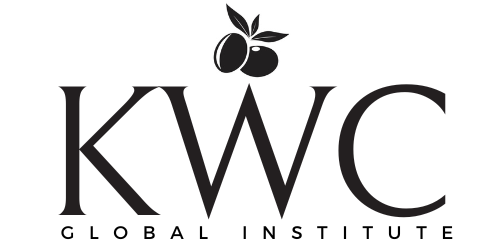
Household debt stood at £1.848 Trillion at the end of August 2023 (source: The Money Charity) while that of USA stood at $17.29 Trillion by end of September 2023 (source: Federal Reserve Bank of NY). This has become a pandemic, most households are just an incident away from finding themselves on the street. We are living an era characterised by easy access to credit, the road to financial stability can be overshadowed by mounting debts. It’s crucial to navigate personal finances with prudence, especially when managing debit and credit card debts. This article delves into two popular strategies – the Snowball and Avalanche debt repayment methods – designed to help individuals conquer their debts and achieve financial freedom.
The Snowball Debt Repayment Method:
The Snowball method is a debt reduction strategy that involves paying off debts from the smallest balance to the largest, regardless of interest rates. This approach focuses on building momentum by clearing smaller debts first, thus creating a psychological advantage and encouraging individuals to stay motivated on their debt repayment journey. By freeing up cash flow from smaller debts, individuals can then allocate those resources to tackle larger balances. The Snowball method emphasizes the emotional aspect of debt repayment, providing a sense of accomplishment and encouragement as debts are gradually eliminated.
Here’s how it works:
- List and Order: Begin by listing all your debts from smallest to largest, irrespective of their interest rates.
- Minimum Payments: Ensure you pay the minimum on all debts except the smallest one.
- Extra Payments: Allocate any extra funds to the smallest debt until it is fully paid off.
- Snowball Effect: As each small debt is paid off, the extra funds are rolled into the next debt, creating a snowball effect that accelerates the debt repayment process.
Benefits of the Snowball Method:
1. Psychological boost: By clearing smaller debts first, individuals experience a sense of progress, motivating them to continue their debt repayment journey.
2. Increased momentum: As each debt is paid off, the extra funds can be redirected toward the next debt, accelerating the overall repayment process.
3. Improved financial discipline: The Snowball method cultivates a habit of regular debt repayment, fostering financial discipline and responsibility.
The Avalanche Debt Repayment Method:
Contrary to the Snowball method, the Avalanche approach prioritizes debts with the highest interest rates, aiming to minimize overall interest payments. This method involves focusing on clearing high-interest debts first, regardless of the balance. By targeting the most expensive debts, individuals can save significant amounts on interest payments over the long term, ultimately accelerating the path to debt freedom.
The steps to follow are as follows:
- List and Order: Create a list of debts in order of the interest rates, from the highest to the lowest.
- Minimum Payments: Ensure you make minimum payments on all debts.
- Extra Payments: Allocate any additional funds towards the debt with the highest interest rate.
- Rolling Over Payments: Once the highest interest debt is fully paid off, move to the next highest and continue the process until all debts are settled.
Benefits of the Avalanche Method:
1. Reduced interest payments: Prioritizing high-interest debts first helps to minimize overall interest payments, leading to substantial long-term savings.
2. Faster debt elimination: By strategically targeting high-cost debts, individuals can expedite the process of becoming debt-free, freeing up resources for future financial goals.
3. Improved financial health: The Avalanche method encourages a prudent approach to debt management, fostering better financial habits and promoting long-term financial stability.
The Benefits of Being Debt-Free:
While both the Snowball and Avalanche methods offer effective strategies for debt repayment, the ultimate goal is to achieve financial freedom and stability. Being debt-free comes with a multitude of benefits, including:
1. Enhanced financial flexibility: Without the burden of debt, individuals have greater freedom to allocate resources toward savings, investments, and personal goals.
2. Reduced financial stress: Eliminating debt alleviates the stress associated with ongoing repayments, providing peace of mind and improved mental well-being.
3. Improved credit score: Responsible debt management positively impacts credit scores, opening doors to better loan terms and financial opportunities in the future.
Conclusion:
Regardless of the method chosen, the key to successful debt management lies in discipline, consistency, and a clear understanding of personal financial priorities. While the Snowball method emphasizes psychological motivation, the Avalanche method focuses on minimizing interest payments. Both strategies offer unique advantages, helping individuals pave their way to financial freedom. The journey toward a debt-free life not only cultivates financial discipline but also nurtures a healthier and more secure financial future.
